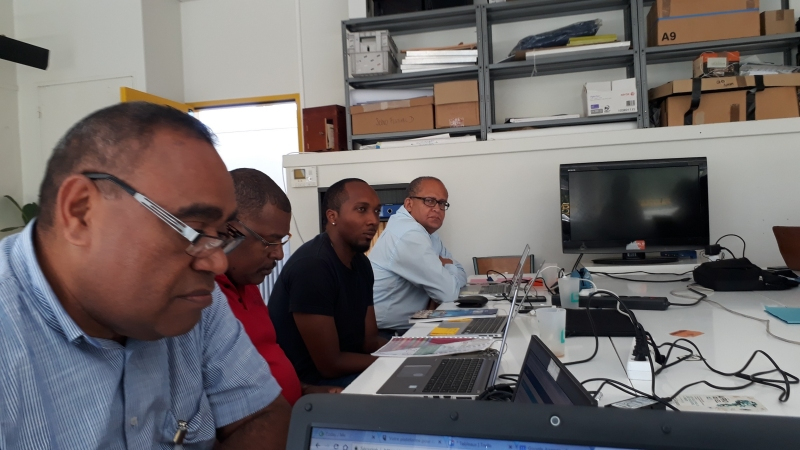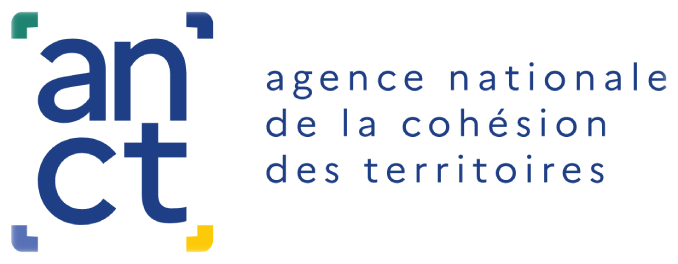Digital technology continues to disrupt and transform the nonprofit sector.
The 2016 survey conducted by Recherches & Solidarités among association managers highlighted the growing importance of digital tools in the management, operation and communication of associations. The use of participatory financing, online donation collection and applications, which are still not widely used, were already arousing the curiosity of many leaders and volunteers. They also had high expectations of digital tools to facilitate and encourage volunteer involvement, but remained reserved about their attractiveness.
The 2018 survey had highlighted strong support needs in the area of digital tools.
Questioned in 2019 about the digital maturity of their association, 21% of managers described their association in 2019 as " little initiated ", 55% as " in progress " and 21% as " experienced. " After a phase of excessive multiplication of certain tools, we are witnessing, in 2019, a phase of rationalization to find those that will really allow to gain in efficiency."
In order to face the lack of digital skills within their organizations, or to support their digital teams, which are often overwhelmed, a certain number of associations call upon young volunteers to carry out a digital project or to act as a digital mediator. The young volunteers contribute to the appropriation of digital technology by the associations.
AssoConnect, for its part, a software publisher for the non-profit sector, has just raised 7 million euros. AssoConnect plans to invest €4 million in R&D, to launch in the United States and to expand in France with federations and networks of associations. AssoConnect's software enables the managers and volunteers of several thousand associations to manage their daily tasks (member management, payment collection, accounting, communication, etc.).
2020 is also the year of the deployment of the digital support program, Associative Digital Support Points, set up by Fonda, the Mouvement associatif and HelloAsso to help associations gain digital skills.
Associations streamline their digital use
The annual study the place of digital technology in the associative project, set up by Recherches & Solidarités and Solidatch, has been an annual barometer of the digital transition of associations since 2008. It is based on a survey of more than 2,50 associative leaders from all regions, reflecting the diversity of the associative fabric.When asked about their digital maturity, 55% of associations say they are "making progress". They adopt digital tools for three main reasons: "to make the association better known" (73%), "to improve network animation " (72%) and "to manage the association's activities " (60%). The last reason given was to seek funding (23%).
For external communication, associations favor websites and social networks. Internally, they mainly use digital tools for accounting (48%) and management (31%). To animate their network, only 9% of them use distance learning tools.
" Generally speaking, the authors of the study observe. after a phase of excessive multiplication of certain tools observed in 2016, we are witnessing, in 2019, a phase of rationalization to find those that will really allow to gain in efficiency".
Non-profit sector: from the multiplication to the rationalization of digital tools
Digital technology continues to disrupt and transform the nonprofit sector.
The 2016 survey conducted by Recherches & Solidarités among association managers highlighted the growing importance of digital tools in the management, operation and communication of associations. The use of participatory financing, online donation collection and applications, which are still not widely used, were already arousing the curiosity of many leaders and volunteers. They also had high expectations of digital tools to facilitate and encourage volunteer involvement, but remained reserved about their attractiveness.
The 2018 survey had highlighted strong support needs in the area of digital tools.
Questioned in 2019 about the digital maturity of their association, 21% of managers described their association in 2019 as " little initiated ", 55% as " in progress " and 21% as " experienced. " After a phase of excessive multiplication of certain tools, we are witnessing, in 2019, a phase of rationalization to find those that will really allow to gain in efficiency."
In order to face the lack of digital skills within their organizations, or to support their digital teams, which are often overwhelmed, a certain number of associations call upon young volunteers to carry out a digital project or to act as a digital mediator. The young volunteers contribute to the appropriation of digital technology by the associations.
AssoConnect, for its part, a software publisher for the non-profit sector, has just raised 7 million euros. AssoConnect plans to invest €4 million in R&D, to launch in the United States and to expand in France with federations and networks of associations. AssoConnect's software enables the managers and volunteers of several thousand associations to manage their daily tasks (member management, payment collection, accounting, communication, etc.).
2020 is also the year of the deployment of the digital support program, Associative Digital Support Points, set up by Fonda, the Mouvement associatif and HelloAsso to help associations gain digital skills.
Associations streamline their digital use
The annual study the place of digital technology in the associative project, set up by Recherches & Solidarités and Solidatch, has been an annual barometer of the digital transition of associations since 2008. It is based on a survey of more than 2,50 associative leaders from all regions, reflecting the diversity of the associative fabric.When asked about their digital maturity, 55% of associations say they are "making progress". They adopt digital tools for three main reasons: "to make the association better known" (73%), "to improve network animation " (72%) and "to manage the association's activities " (60%). The last reason given was to seek funding (23%).
For external communication, associations favor websites and social networks. Internally, they mainly use digital tools for accounting (48%) and management (31%). To animate their network, only 9% of them use distance learning tools.
" Generally speaking, the authors of the study observe. after a phase of excessive multiplication of certain tools observed in 2016, we are witnessing, in 2019, a phase of rationalization to find those that will really allow to gain in efficiency".





